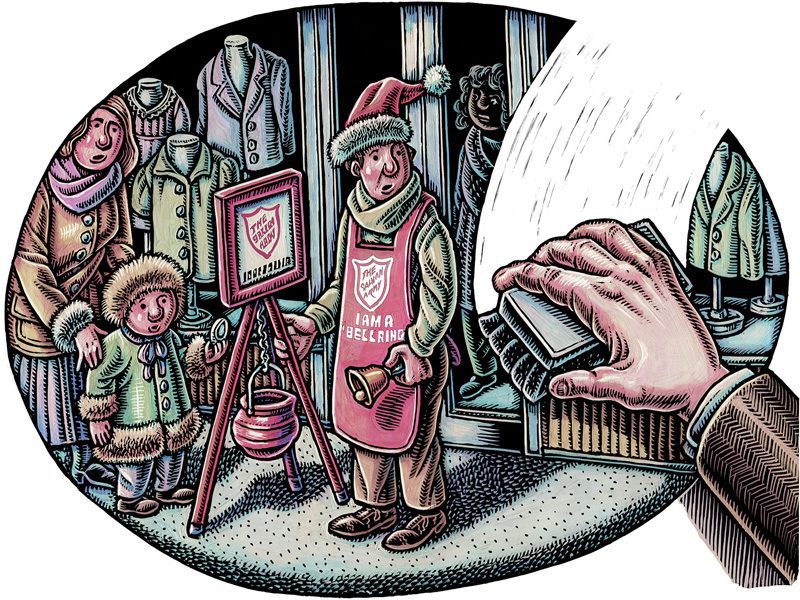the spiceBox
by Sharon Robertson, Lt. Colonel –
Though the shortest of the gospels, Mark highlights events that were missed by other writers. One such event was that of the healing of a blind man, described in Mark 8: 22-26, where Mark brings to our attention several things unique to that miracle. It would be easy to overlook these few verses; people tend to focus on other important issues presented in Mark 8, and think of this event as “just another example of Jesus’ healing ministry.” To do so is unjust to the passage, and a huge mistake in seeking to understand all there is to this particular event, for here are presented several important aspects of Jesus’ personal dealings with individuals as opposed to groups. Consider, for example:
1. The importance of Christian friends in identifying the man’s need and bringing him to the Lord. If his friends had simply said, “Look, brother, we think you ought to get in touch with Jesus. He has had wonderful success in dealing with sick and disabled people,” and then left him to follow through on his own, the man may never have found the Savior, and walked in darkness forever. Instead, his friends brought him to Jesus, and begged Jesus to touch him—simply to touch him. They were convinced that meeting the Lord would answer the man’s needs.
2. Jesus does not work according to a “formula.” Every interaction with an individual is personalized according to his or her own needs. Here, Jesus did not heal the man immediately; instead, Jesus reached out and took the man by the hand, to lead him out of the village and away from the crowds. Then he ministered to the blind man in a manner unique to his special needs. He did not heal the man in the same way he had healed others; instead he chose a procedure that may have seemed repugnant to any who witnessed it: Jesus put spit on the man’s eyes! Yuck!
3. The work of God in our lives is not always evident immediately! Then the Lord touched the seeker’s eyes—and was the miracle fully accomplished? Well, the fellow was better. He couldn’t see clearly, but he could see! That was a miracle in itself. Even if his vision wasn’t perfect, he could SEE—though not clearly enough to differentiate between humans and trees, except that he could tell by the fact that people were moving around.
4. We should not assume that since God has done something wonderful in our lives, he is finished working. Jesus had more He wanted to accomplish. While the man was probably more excited than the text reveals by the imperfect vision he had been granted, Jesus wanted more for him. Total healing required that the man patiently allow Jesus to touch his eyes again! I read that, and I wince! I tried to get used to wearing contact lenses a couple of times, but I could never learn not to fight the process of putting the lens in my eye. Reflexively, the eye would close and fight to stay closed. It didn’t want to be touched! This man, formerly blind, but now able to see a little, stood still as Jesus touched his eyes. His faith, his patience, his willingness to allow Jesus to use whatever methods he chose, was rewarded. With a second touch from the Master, the healing was complete. He saw everything clearly.
5. If Jesus can heal physical blindness, he is certainly able to heal spiritual blindness. Good vision is a wonderful gift. Clarity of vision in spiritual things is even more critical. God in his grace has done wonderful things in our lives—but how important it is that we yield to a “second touch,” one that will enable us to clearly see the world as he sees it, and respond to it as he responds, a world of needy people, not simply as objects, walking.
654










